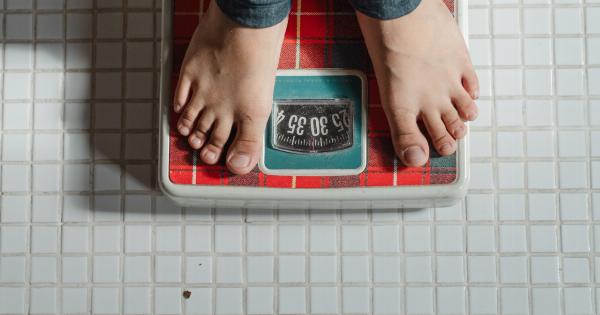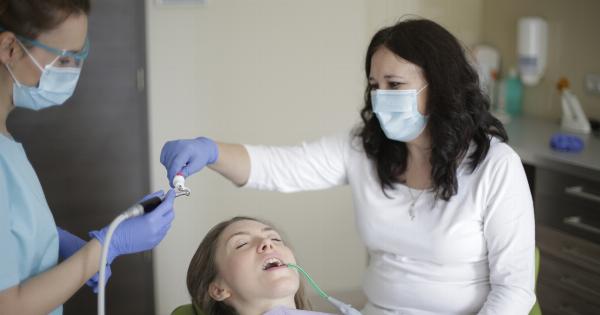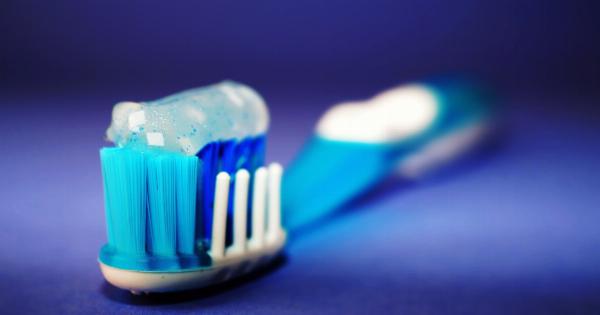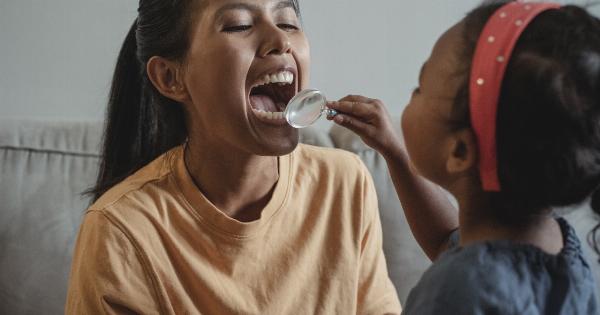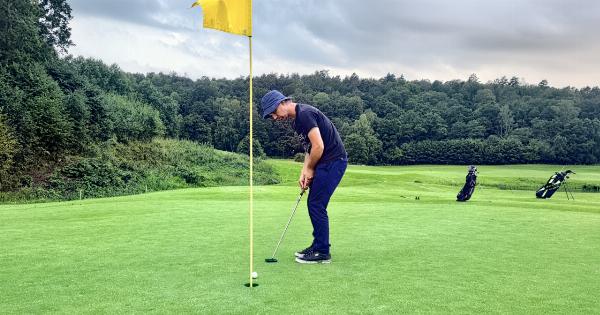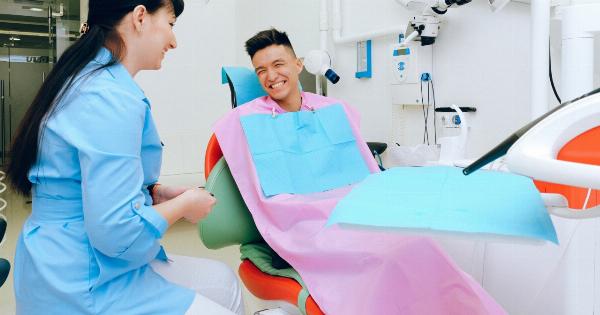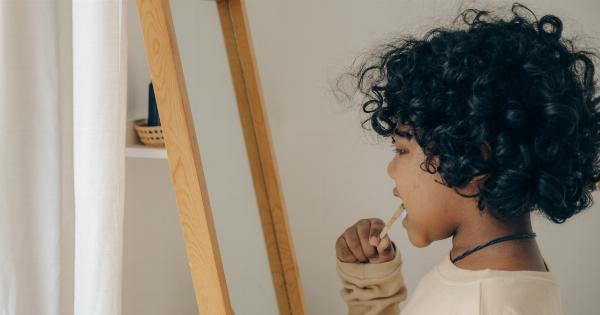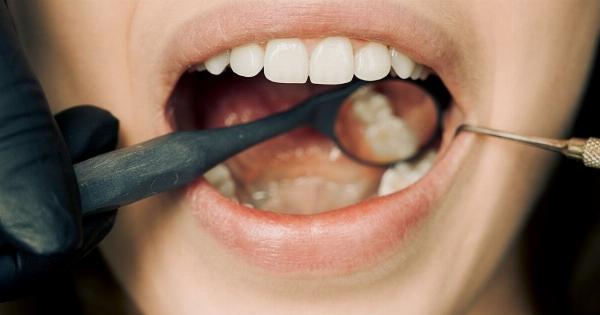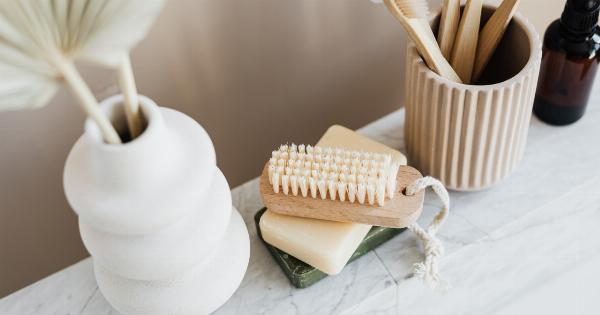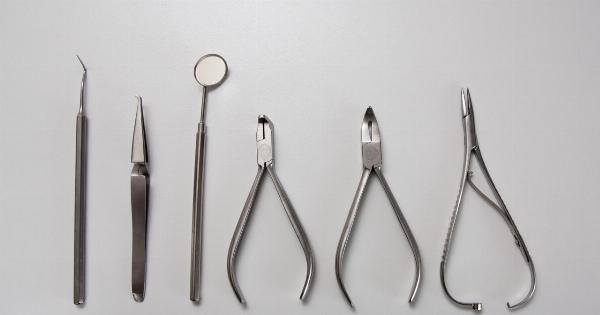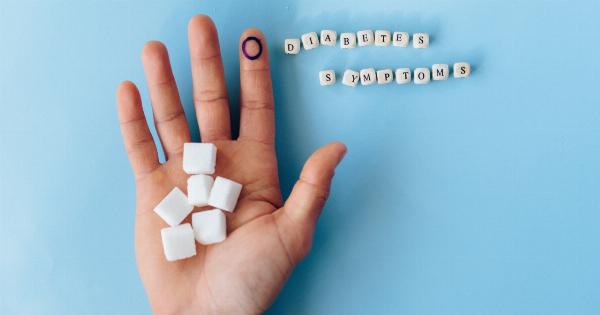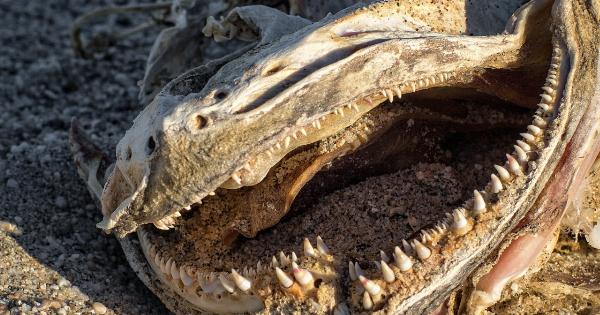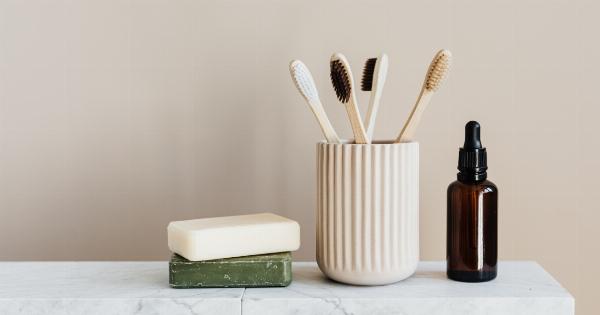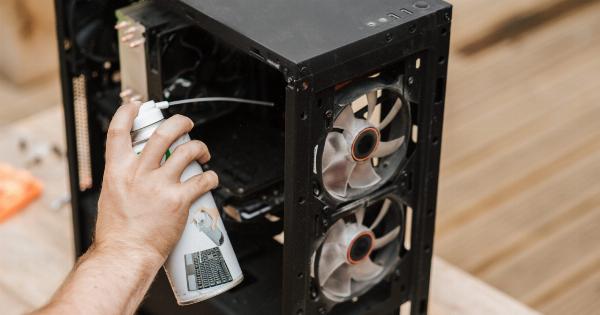Flossing and brushing are two essential components of maintaining good oral hygiene. However, there has always been a debate about the correct order in which these tasks should be performed.
Some people believe that flossing should be done before brushing, while others argue that flossing should be done after brushing. In this article, we will explore the pros and cons of each approach and try to determine which method is more effective.
Why flossing before brushing makes sense
Advocates of flossing before brushing argue that it helps to loosen debris and plaque from between the teeth, making it easier for the toothbrush to remove them during brushing.
They claim that when you floss before brushing, the toothpaste can penetrate into the spaces between the teeth more effectively, maximizing the benefits of brushing.
Another advantage of flossing first is that it serves as a pre-brushing step to remove larger particles of food stuck between the teeth.
This prevents the toothbrush from spreading those particles to other areas of the mouth, ultimately leading to a cleaner brushing experience.
The advantages of flossing after brushing
On the other side of the debate, proponents of flossing after brushing argue that it allows fluoride from toothpaste to stay on the teeth for a longer duration.
They claim that brushing first helps to dislodge plaque and bacteria from the surface of the teeth, making it easier for floss to reach the areas between the teeth and gums.
Additionally, flossing after brushing is considered a finishing touch. It’s believed to remove any remaining food particles, plaque, or bacteria that may have been loosened during brushing.
This can provide an extra level of cleanliness and help prevent gum disease and tooth decay.
The impact on effectiveness
The order in which you floss and brush may not significantly impact the overall effectiveness of your oral hygiene routine. What really matters is performing these tasks regularly and with proper technique.
Consistency and thoroughness are key to maintaining good oral health.
It is important to keep in mind that everyone’s oral health needs are unique, and what works for one person may not work for another.
Factors such as gum sensitivity, tooth alignment, and gum disease can also influence the order in which flossing and brushing should be performed.
Tips for effective flossing and brushing
Regardless of the order, here are some essential tips to follow for effective flossing and brushing:.
1. Flossing
– Use about 18 inches of floss, wrapping most of it around your middle fingers and leaving an inch or two to work with.
– Gently slide the floss between your teeth, wrapping it in a C shape around each tooth.
– Glide the floss up and down against the tooth surface and under the gum line.
– Repeat this process for each tooth, using a clean section of floss each time.
2. Brushing
– Choose a soft-bristled toothbrush that can reach all areas of your mouth easily.
– Hold the toothbrush at a 45-degree angle to your gums.
– Use gentle, circular motions to clean the outer and inner surfaces of your teeth.
– Brush the chewing surfaces of your teeth with back-and-forth motions.
– Don’t forget to brush your tongue to remove bacteria and freshen your breath.
Consulting your dentist
If you’re still unsure about the order in which to floss and brush, it’s always a good idea to consult your dentist. They are the best resource to provide personalized advice and guidance based on your specific oral health needs.
They can also suggest additional oral hygiene practices, such as mouthwash or interdental brushes, to complement your flossing and brushing routine.
The verdict
In the end, the great debate of whether to floss before or after brushing may not have a definitive answer. The most important takeaway is to incorporate both flossing and brushing into your daily oral care routine.
The order in which you perform them should be based on your personal preference and the recommendations of your dentist.
Remember, the key to a healthy smile lies in consistent and proper oral hygiene practices. So, whether you choose to floss before or after brushing, the most important thing is to do it regularly and effectively.

